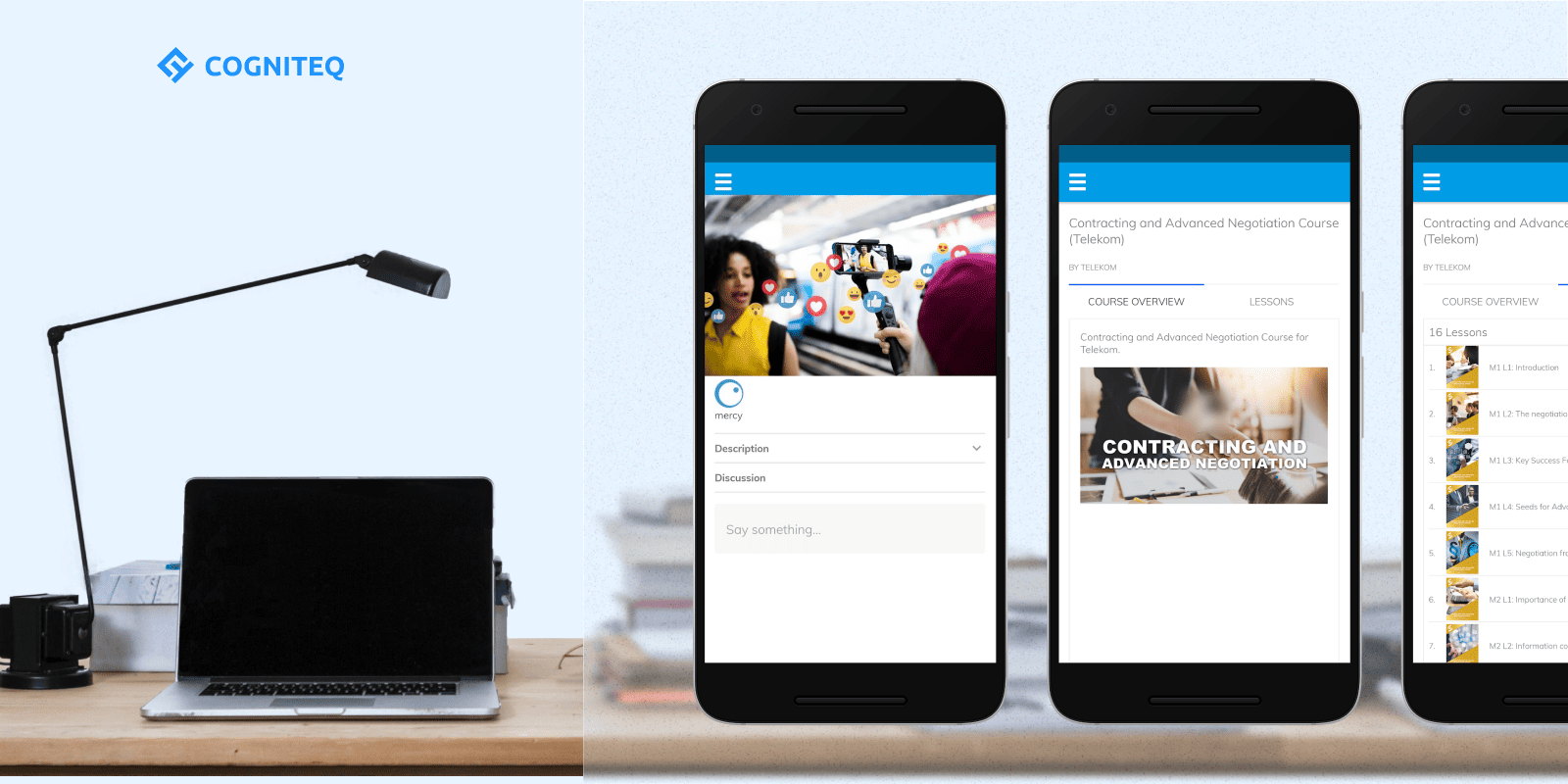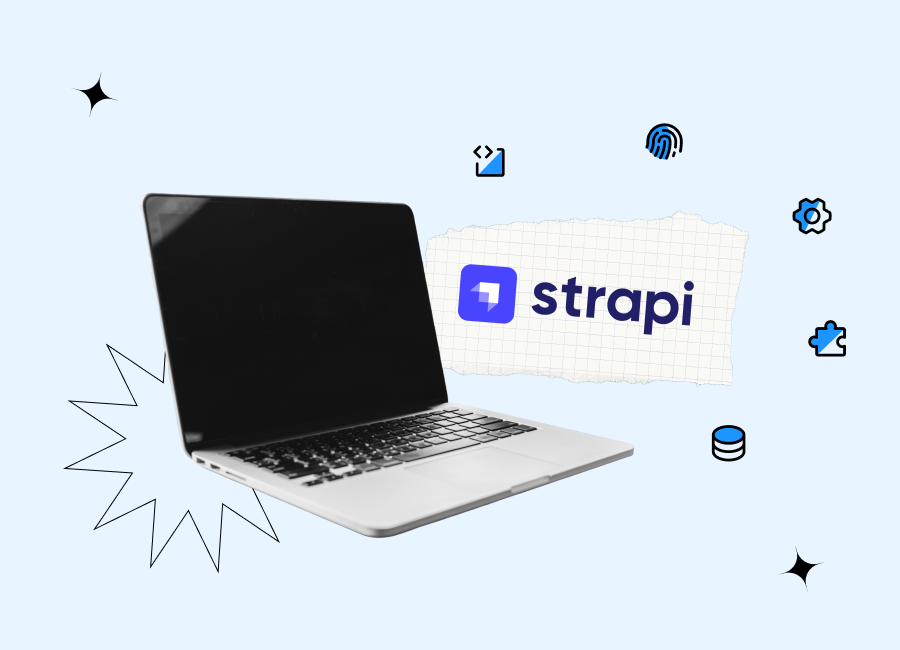Video learning is gaining popularity. Thanks to technological progress it has become possible to enrich learning content with various videos that can make the entire learning process much more engaging. The range of reasons behind introducing elearning videos goes far beyond the desire of educators to offer some entertainment to learners. According to various studies, videos can increase the efficiency of all learning efforts and simplify such tasks as understanding complicated topics and memorizing.
The information presented in training videos can be better retained and recalled than data offered in the format of texts. Videos are known to be nearly 10% more effective than texts when users are tested immediately after the course. When students were tested with a delay, it was revealed that learning videos can boost memory retention by 83%. Video learning today is a widely used format of corporate educational courses for employees. The research demonstrated that people are 75% more likely to opt for learning content offered as videos instead of reading the required materials such as emails.
In this article, we offer you a closer look at the concept of video learning and consider the new opportunities that it can bring to your business.
What Is Video-Based Learning?
Pretty much any learning activities facilitated by video can be referred to as video-based learning. The main premise of this learning type is that videos offer a multisensory learning experience, unlike other learning mediums including animation, graphics, text, and voice all in one.
And it’s proven to be more than just another buzzword. Research has demonstrated that using video in corporate training has a number of advantages, including lower training costs and higher quality of learning. Keep reading for more video-based learning benefits, as well as challenges, examples, and implementation tips.
Benefits of Video-Based Learning
We’ve highlighted 4 most prominent benefits of video-based learning for corporate training:

Multisensory Learning
Multisensory learning, as its name suggests, occurs when a learner actively incorporates multiple of his senses into the educational activity. Unlike pure reading or listening, video-based learning allows the learner to make use of more than one mechanism of receiving and perceiving important information. This way, the learner gets more fully engaged, grasps more, and retains information better.
Cheaper Learning
With the abundance of both paid and free software accessible, both the price and complexity of creating video courses have drastically decreased. These expenses will seem very low compared to instructor-led learning, which may even include travel and meal expenses. One of the most famous examples of saving money this way is Microsoft - they were able to save a staggering $303 per learner. Suffice is to say, the return on investment for video-based learning is substantial, and businesses are becoming more aware of this.
Autonomous Learning
When taking regular courses, students run the risk of forgetting or missing out on vital information, once a class is over. That's not a problem with video-based learning, though. If students didn’t exactly manage to retain all the material in one go, it provides them with on-demand access to it. Students will have the option to revisit videos whether you create a video course or an online knowledge base that just contains videos.
Microlearning
Video-based microlearning is essentially learning in little doses of multimedia content, conveying specialized information aimed at achieving one learning objective. The one fundamental advantage of this medium of instruction is brevity. The video’s time frame could be as short as a few minutes and still teach a valuable lesson.
Challenges of Video-Based Learning
From our experience in eLearning software development services, video-based learning comes with the following couple of drawbacks, however, they are known to be easily manageable:

No Instructor Assistance
The benefit of instructor-led courses is that students can engage with instructors and ask questions, and instructors can quickly assess student comprehension and provide extra information if necessary. For your video-based learning program, it's crucial to have those methods (or alternatives) in place as well. Ensure that the students have access to Q&As and other extra materials. It's also a good idea to include the contact information of an internal specialist regarding the video. Additionally, you may want to schedule regular consultation times with an L&D specialist.
Discipline Struggles
Any learner bears more responsibility while using video-based learning compared to standard learning types. And far from everyone can manage their training responsibly - some students need more direction and structure. For such cases, make use of analytics, tests, and other forms of evaluation in addition to the support of a committed L&D professional.
Passive Learning
As engaging as video-based learning can be, at the end of the day, it is still about someone simply sitting and watching a video. This could create a problem if the video is not up to a good standard and sitting through it feels just as bad as sitting through a boring lecture. The most effective ways to remedy that are using on-the-job learning (learning while working) and just-in-time learning (learning when the information is required).
When employees have access to microlearning content - brief summaries of knowledge on a single subject or instructions for completing a single task - it makes video-based learning more engaging. Including hot spots or interactive video routes is another method to make it a better experience.
Interested in development of video-based learning solution?
Brilliant idea! Our E-learning experts will help your business be at the forefront of employee education!
Video-Based Learning Examples
Below you’ll find some of the most commonly used video-based learning material:
“Talking Head” Tutorials
The talking-head video involves a subject matter expert delivering material on camera. This genre has taken off ever since experts began turning their webinars into on-demand learning videos. It’s inexpensive, simple to produce, and excellent for creating an emotional bond between the speaker and the audience. To avoid monotony, such visual aids as screen sharing or slideshows are often used.

This format of videos is often characterized as the most private lesson-like. When you are watching such lectures you have practically the same learning experience as if you were attending a traditional lesson with a tutor. It’s interesting to mention that today there are tools that allow educators to create such training videos with the help of AI. This approach can help to reduce the time required for preparing learning content.
Fully Animated Tutorials
Animated tutorials are also a popular format of video learning. They are versatile, effective, and relatively cheap to outsource and produce. They are great for introducing new processes with simple animated designs, supported by voice-over and text.

Among other benefits and features of such elearning videos, it is necessary to name the possibility to quickly grab learners’ attention and visualize a lot of valuable information, data, and figures. Sometimes it is believed that this format is suitable only for children. However, in reality, they can greatly enhance the learning experience for adults as well.
Screencast Tutorials
Screencasts and screen-sharing videos are especially useful for software lessons where it makes sense to see the instructor's screen. Screencasts are the way to go if you intend to create video-based learning around software or platform instruction because they are also incredibly simple and inexpensive to generate.

Thanks to such videos, it is possible to avoid long and unclear explanations as all the necessary elements can be demonstrated directly on the screen. This format is known to be very efficient for increasing the engagement of learners.
Interactive Tutorials
Interactive elements can make learning faster and much more interesting. They can encourage people to change the pace and effectiveness of learning. With such videos, the learner controls the learning narrative by selecting options on-screen based on their preferences and needs. Interactive elements also allow for checkpoints with quizzes at certain steps to make sure that the learner grasped the material before moving on to the next section. Today there are a lot of tools like Edpuzzle that can help to create interactive videos without any specific skills.

When users see the results of their efforts, their learning experience will bring them more satisfaction and provoke the desire to continue studying new things.
Live Action Tutorials
These tutorial videos use live action scenes with a scripted narrative to demonstrate situations in which the knowledge can be applied. This format is excellent for describing procedures that must be followed in particular circumstances and scenarios.

Live-action explainer videos, however, usually need more time and money to produce. If done quickly and cheaply, these videos can be very uninteresting, bland, or corny. That’s why if you want to create learning videos of this type, we recommend you properly estimate your budget and your potential expenses in order to deliver solutions of outstanding quality.
How to Implement Video-Based Learning
Here are a couple of tips for the successful implementation of video learning for your employee training:
Identify Learning Objectives
As with any corporate endeavor, the first stage should be planning. Before the learning process begins, it's crucial to decide what learning objectives you want to achieve with your video-based learning content. Map out the knowledge gaps that your staff has, focus on the most desirable skills for each specific position, and set concrete goals to measure learning success.
Keep Videos Short
For better or worse, our attention span doesn’t get any longer with each passing day. Therefore, businesses need to put a lot of effort in creating elearning videos that are not only informative but also short. If staff members struggle to process big amounts of material, try splitting it up into smaller, more digestible videos. This will increase their level of engagement and lessen their likelihood of becoming intimidated by a new subject.
Make Videos Interactive
On top of being informative and short, it’s strongly recommended that your video-based learning material is engaging. By including interactive components, you encourage your employees to engage with the material and apply what they've learned right away. You may lead them through a video-based scenario where they must respond to questions after each scene. This not only makes opportunities for interaction but also gives background information so that links can be drawn between the subject and real-life situations.
Monitor Progress
With employee training, it’s always important to measure how successful it is to see if the return on investment is good. However, many companies fall into the trap of measuring success by looking at the number of classes held and videos watched. This never gives the full picture of what has been achieved; instead, try to analyze each employee’s individual KPIs overtime and see if there’s any correlation between completing training and completing company objectives.
How Cogniteq Helps with Video-Based Learning Solutions
Cogniteq has great expertise in developing video-based learning solutions - our most recent work includes a powerful e-learning platform.

The platform consists of 3 applications: a web app, a native Android app, and a native iOS app. It is a feature-rich, subscription-based service for lecture building and video lecture conferencing. Users may conduct live lecture broadcasts with feedback via chat, create and collect educational content in an online archive, and set up tests to check the learners’ knowledge and carry out certification.
Since the release, the video learning platform has gathered much positive feedback, with a big portion of users coming from the corporate background. The platform has been praised for the strong capabilities it offers for employee training and its user-friendliness.
Conclusion
Video-based learning is a powerful tool for effective corporate training. With the help of engaging animated or live-action videos, it enables cheaper, more autonomous, and more high-quality learning. Naturally, one has to compensate for the absence of instructor assistance and possible lack of discipline from employees when learning. However, there’s no doubt that with good preparation and solid approaches to content creation and progress monitoring, your company can reap many rewards from video learning.
FAQ
How to Use Video-Based Learning for Corporate Training?
Video-based learning for corporate training usually takes the form of short animated videos or scripted live-action scenarios. It’s also very common to use the “talking head” video type, where an expert lectures on a specific topic with the help of various visual tools. One more video type being used more and more is the interactive video type.
What Is the Future of Video-Based Learning?
Video-based learning will power effective corporate training for decades to come. It provides less expensive, higher-quality learning with the aid of engaging animated or live-action videos. With careful planning, sound methods for content creation, and progress tracking any business will be massively benefiting from video-based learning for a very long time.










































